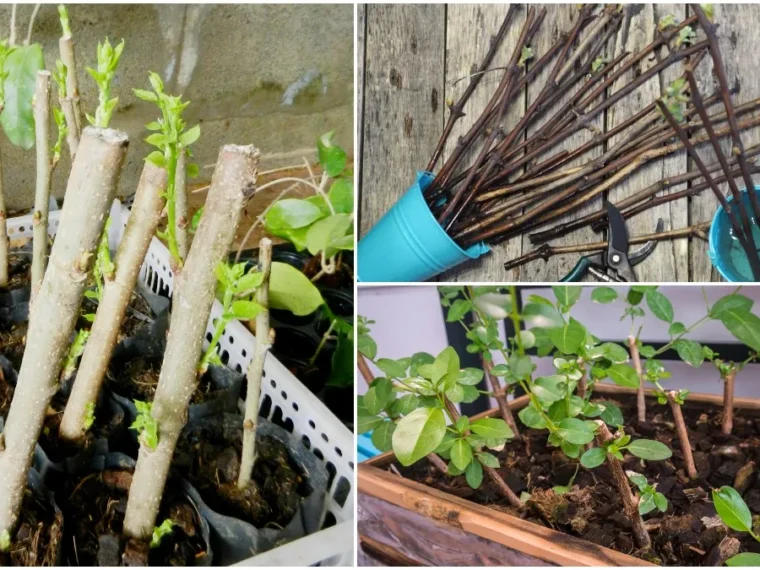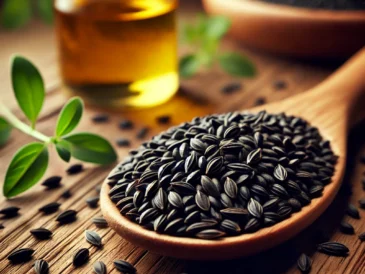Deciduous Trees
- Willow (Salix)
One of the easiest trees to propagate, even without rooting hormone. - Poplar
Fast-growing and ideal for windbreaks. - Maple (Acer)
Particularly Japanese maples for their ornamental value. - Dogwood (Cornus)
Popular for its vibrant stems and spring flowers. - Birch (Betula)
Attractive with its characteristic peeling bark. - Quince (Cydonia oblonga)
Produces fragrant fruit and beautiful blossoms. - Mulberry (Morus)
Hardy and produces sweet, edible berries. - Fig (Ficus carica)
Easily propagated and yields delicious fruit. - Pomegranate (Punica granatum)
Thrives in warmer climates and produces antioxidant-rich fruit. - Elderberry (Sambucus)
Known for its medicinal berries and fast growth.
Evergreen Shrubs
- Boxwood (Buxus)
Ideal for hedges and topiary. - Privet (Ligustrum)
A reliable choice for privacy screens. - Holly (Ilex)
Provides year-round greenery and festive red berries. - Juniper (Juniperus)
Hardy and drought-tolerant, perfect for landscaping. - Yew (Taxus)
A slow-growing evergreen with deep green foliage. - Camellia
Offers glossy leaves and winter blooms. - Azalea (Rhododendron)
Stunning spring blooms in various colors. - Arborvitae (Thuja)
A versatile evergreen used in hedges and windbreaks. - Laurel (Prunus laurocerasus)
Dense and glossy, perfect for privacy. - Pieris (Pieris japonica)
A charming shrub with cascading flowers.
Fruit-Bearing Plants
- Grape (Vitis)
Perfect for growing your own vineyard. - Blueberry (Vaccinium)
Prefers acidic soil and offers antioxidant-rich fruit. - Blackberry (Rubus)
Thrives in various conditions and is easy to propagate. - Raspberry (Rubus idaeus)
Produces delicious berries in summer. - Gooseberry (Ribes)
Hardy and productive with tangy fruit. - Currant (Ribes)
Yields small, tart berries perfect for jams. - Olive (Olea europaea)
Ideal for warmer climates and produces flavorful olives. - Kiwi (Actinidia)
A unique vine that offers sweet and tangy fruit. - Cranberry (Vaccinium macrocarpon)
Perfect for boggy areas with acidic soil. - Lemon (Citrus limon)
Some varieties can be propagated via hardwood cuttings in warmer climates.
Caring for Hardwood Cuttings After Planting
- Temperature: Keep cuttings in a cool but frost-free environment.
- Humidity: Maintain a humid atmosphere by covering cuttings with a plastic bag.
- Patience: Roots can take weeks or months to form, so check periodically for growth.
Conclusion
Propagating plants from hardwood cuttings is an enjoyable way to expand your garden with minimal cost and effort. With patience and the right technique, you can grow a wide variety of plants, from vibrant shrubs to fruit-bearing trees. Start with a few of the plants listed here, and soon you’ll have a thriving garden filled with beautiful, healthy specimens.
FAQs
1. When is the best time to take hardwood cuttings?
Late fall to early winter, when plants are dormant.
2. Do I need rooting hormone for hardwood cuttings?
It’s not essential but helps improve success rates, especially for difficult-to-root plants.
3. How long does it take for hardwood cuttings to root?
Typically 2–6 months, depending on the plant species and conditions.
4. Can I propagate hardwood cuttings in water?
Some plants, like willow and poplar, can root in water, but most prefer soil or sand.
5. What should I do if my cuttings show no signs of growth?
Be patient; rooting can take time. Ensure the environment is humid and the soil is moist.




